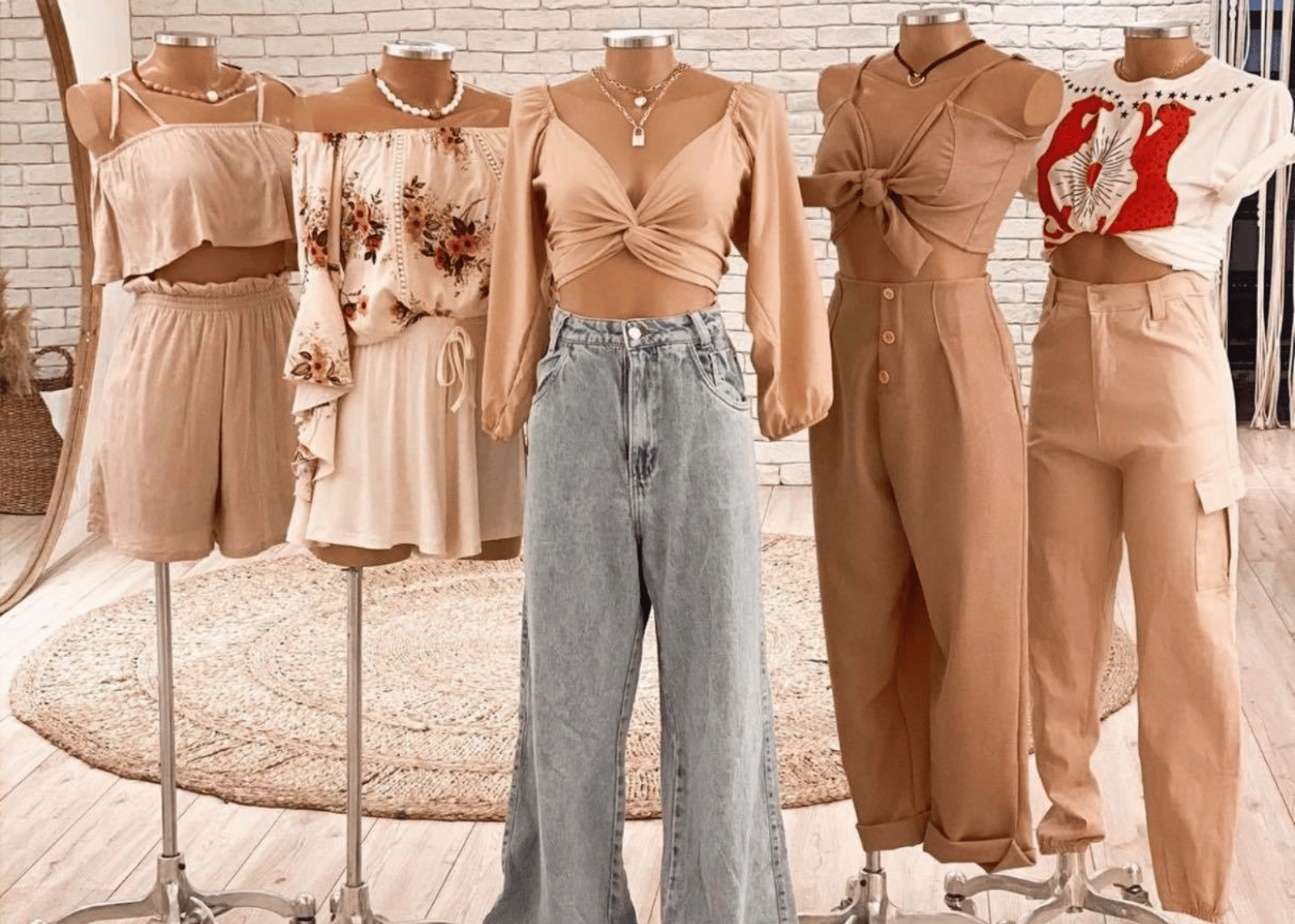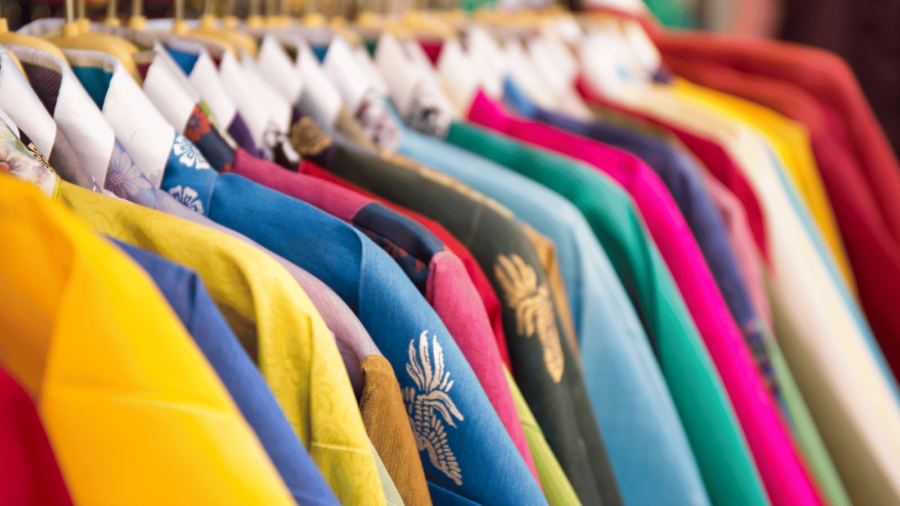Traditional Clothing
Traditional clothing refers to attire that reflects the historical cultural and regional identity of a specific community or group. Traditional clothing often carries symbolic meaning related to beliefs values rituals and social customs. Patterns colours and materials used in these garments can signifies specific aspects of a community’s identity such as plan affiliation marital status or spiritual beliefs. It distinguishes one community from another and rain forces the essence of belonging among its members. Traditional clothing can also be a source of economic and cultural Pride. Many communities leverage their traditional dress as a form of cultural tourism attracting visitors interested in experiencing and learning about authentic local customs.
Origin variation in traditional clothing reflects the diverse cultural historical and environmental influences found across different parts of the world. In India traditional clothing where is widespread by region with sarees salwar kameez and dhoties being common in different parts of the country. Meanwhile, in Japan kimono is iconic with variations like yukata and hakama for different occasions. While invest Africa the dashikas and boubous are popular along with colorful textiles like kente and mud cloth. In East Africa, the kanga and kanzu are prominent in countries like Tanzania and Uganda. In European countries traditional clothing includes Norwegian bunads and Swedish folk costumes characterized by vibrant patterns and embroidery. Countries like Romania and Hungary have distinct folk costumes with elaborate designs and headwear. In native America, each tribe has unique traditional clothing such as navajo rugs and pueblo designs in the Southwest and Inuit parkas in the Arctic. The grass is cut tapa cloth and lava is worn in Polynesia, Melanesia and Micronesia often reflecting natural material and local craftsmanship. In Arab countries, thobes and abayas are common in gulf countries while intricate embroidery is a feature of Palestinian and Jordanian dress. Regional variations in traditional clothing are influenced by factors like climate, historical trade routes, cultural exchange and indigenous practices.
Asian traditional clothing is rich in diversity reflecting the varied culture, history and climate. In India, a saree is a draped garment consisting of a long piece of fabric wrapped around the body usually won with a blouse or petticoat. Sarees come in various materials, colors, and designs and with regional variations. Meanwhile, salwar kameez consists of a long tunic (Kameez) loose fitted trousers (Salwar) and a scarf (dupatta) popularly in India and Pakistan it’s comfortable yet elegant attire. Meanwhile in a country like China, a form-fitting dress with a high collar and slit skirt is traditionally worn by women. It symbolizes elegance and grace often seen in formal occasions and cultural events. In Japan a traditional Japanese garment with wide sleeves and a wraparound design secured with a sash. Kimonos are worn for a special occasions like weddings, tea ceremonies or festivals. In Korea Hanbok is a traditional Korean attire characterized by vibrant colors and graceful lines. The women’s hanbok consists of jeogori(jacket )and chima(skirt) while the men’s home book includes the jeogori and Baji (pants). In South East Asia batik is found in countries like Indonesia and Malaysia. It involves wax resist dying to create an indicated pattern on fabric. In Central Asia, kaftan is won in various Central Asian countries like Uzbekistan and Kazakhstan. The kaptan is a long Robe made from silk or cotton of an don’t buy embroidery and intricate pattern. Asian traditional clothing is not only aesthetically beautiful but also deeply rooted in their culture and history.

European traditional clothing varies greatly across different regions and countries each replicing unique cultural identity and historical influences. In Norway traditional Norwegian clothing is for special occasions feasing entry gate embroidery and pattern are specific to different regions. In countries like Sweden and Denmark colorful folk costumes with elaborate headpieces of in worn during festival and celebrations. In eastern European countries like Romania, we can see Richly embroidered blouses paired with skirt and aprons often adorned with hand woven belts and jewelry. Hungry includes colorful floral patterns embroidered on traditional Hungarian garments. Germany and Australia have leather shorts worn with suspenders accompanied by a checked shirt and hat for men. In Spain, vibrant ruffled dresses are wanted for flamenco dancing and accessories with soil or hair ornament. These examples illustrate the diversity of European traditional clothing with each outfit reflecting regional Pride, historical significance and craftsmanship.
Arab traditional dress e-compasses arrange garments won across the Arab world reflecting both cultural heritage and practical consideration for the climate of the region. The thobe is a long Robe wanted by men in various Arab countries such as Saudi Arabia, Oman and the UAE. It is typically made from lightweight white fabric to reflect the intense heat of the desert. The abaya is a long flowing Black cloak worn by women in many Arab countries including Saudi Arabia, UAE, and Qatar. Itself is a modest outer garment won over regular clothing and is often paired with the heads called additional coverage. Keffiyeh is a traditional headdress worn by Arab men typically made from cotton and featuring a distinctive checkered pattern. It is secured in place by an agal, a black cord or rope worn on top of the keffiyeh traditionally used to keep the headscarf in place.Arab traditional dress where is across different countries and regions influenced by the local customs, climate and cultural norms.
Oceanic traditional culture compasses the diverse customs, art forms and ways of life of indigenous people living across the Pacific Ocean islands. This reason includes Polynesia, Melanesia, Micronesia and a part of Australasia. Tapa cloth generally made from the inner bark of trees is decorated with intricate designs and used for clothing and ceremonial purposes, as well as wall hangings. Grass skirts are iconic attire in a Polynesian culture like Hawaii, Tahiti and Samoa. It is made from dried grass or fibers and is worn by both men and women during cultural performances and ceremonies such as Hula dancing. In some micronesian cultures maths and clothing are woven from pandanus leaves or other local fibers. These garments are durable and well suited to the tropical climate protecting from the Sun and elements. Feathers are a significant material in oceanic traditional dress symbolizing status and spiritual significance. Featured capes, headdresses and cloaks are worn during ceremonial occasions in Hawaii and other Pacific islands. Oceanic traditional costumes highlight the creativity, resourcefulness and deep connection to nature found in Pacific Island culture. These garments play a vital role in preserving indigenous identities and are celebrated through art, dance and community rituals ensuring the continuity of oceanic heritage for future generations.
Traditional clothing often carries deep symbolism and meaning serving as a visual language that communicates cultural identity, social status and community belonging. The symbolism behind traditional clothing varies widely across culture and regions. In many societies, traditional attire indicates social status, age and marital status. Traditional clothing often plays a role in religious and ceremonial practices embedding spiritual belief and in walking ancestral connection. Also, the design and material of traditional clothing are often adapted to local climate and environment. Traditional clothing services are a form of resistance against cultural assimilation and globalization. Overall the symbolism of traditional clothing in schools is significant beyond Mary’s aesthetic embedding a layer of meaning that reflects the complex enterprise of history and identity.




